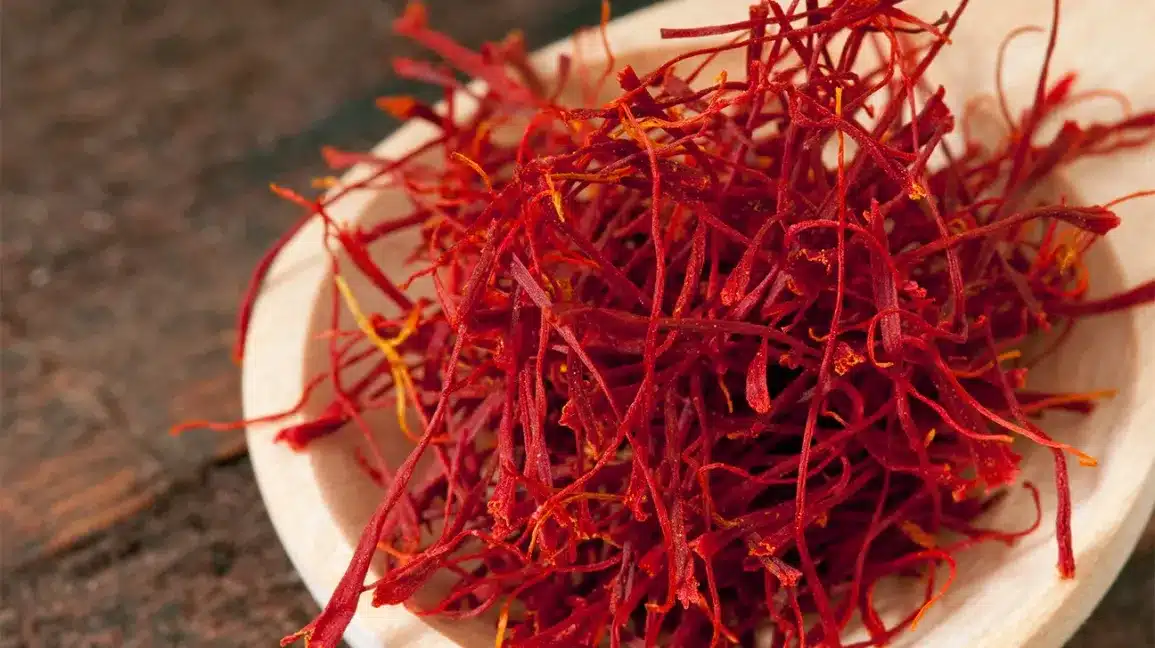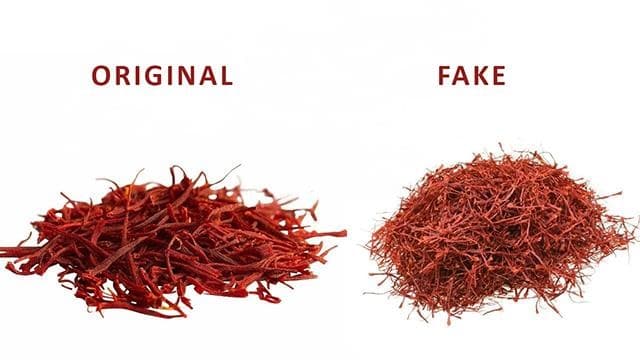Saffron, known as the “red gold,” is a highly prized spice that imparts a unique flavor, vibrant color, and rich aroma to various culinary dishes. As a sought-after ingredient, it’s natural to wonder about the properties of saffron, particularly its solubility in water. In this blog post, we’ll explore the question: Does real saffron dissolve in water? Let’s delve into the science behind this exquisite spice.
Solubility of Real Saffron:
Real saffron, derived from the stigmas of the Crocus sativus flower, is known to possess limited solubility in water. The reddish-golden threads of saffron contain pigments called crocin and crocetin, which are responsible for the spice’s color and flavor. When exposed to water, these pigments slowly dissolve, releasing their intense hue and distinct taste.
Steeping Method:
To experience the full aromatic and flavorful benefits of saffron, the most common practice is to steep the threads in warm water or another liquid. This method allows the crocin and crocetin pigments to gradually disperse, infusing the liquid with a deep orange-yellow color and a unique saffron essence. The steeping process is believed to enhance the flavor and quality of saffron-infused dishes.
Temperature and Time Factors:
The solubility of saffron in water can be influenced by factors like temperature and steeping time. Warmer water aids in the extraction process, hastening the dissolution of saffron’s pigments. However, excessive heat can degrade the delicate flavors and volatile compounds of the spice, affecting its overall quality. Similarly, a longer steeping time allows for a more complete infusion, enhancing the taste and color intensity.
Role of Fat or Oil:
Saffron’s solubility can also be enhanced by the presence of fat or oil. When saffron threads are soaked in warm oil or fat before being mixed with water, the pigments dissolve more readily, resulting in a faster and more intense infusion. This technique is commonly used in certain saffron-based dishes to maximize the spice’s flavor and color.
Authenticity and Solubility:
It’s important to note that the solubility of saffron is closely linked to its authenticity and quality. Genuine saffron, sourced from reputable and trusted suppliers, typically dissolves more readily in water due to its higher concentration of pigments. Conversely, low-quality or adulterated saffron may exhibit poor solubility, leading to a weaker color and taste profile. Real saffron does indeed dissolve in water, albeit with varying degrees of solubility influenced by factors such as temperature, time, and the presence of fat or oil. By understanding the science behind saffron’s solubility, you can effectively extract its vibrant color and distinctive flavor, elevating your culinary creations with the essence of this precious spice. So go ahead, embrace the saffron supremacy, and dive into a world of tantalizing aromas and enchanting flavors in your savory or sweet dishes.
Kesar is the most important ingredient of sweets and puddings in India. We all know that kesar is very costly, so when y...
Continue reading
Saffron is the world's most expensive spice, and it's also one of the oldest. The stigmas of its small, purple flowers h...
Continue reading




